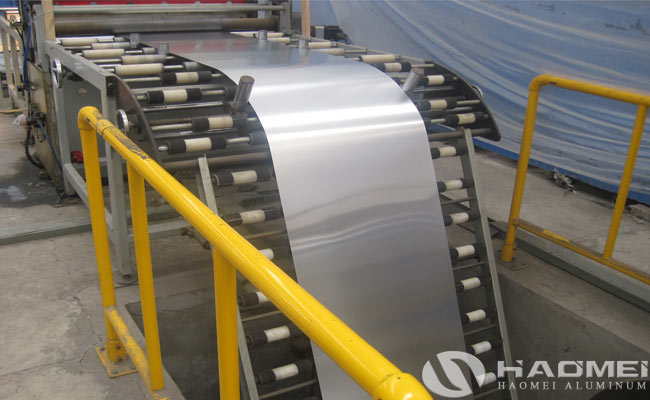Aluminum substrate pcb is a unique metal-based copper clad laminate. PCB aluminum substrate has good thermal conductivity, electrical insulation properties and mechanical processing properties. The PCB made of aluminum substrate 1100 H18 sheet has good heat dissipation operation, which can reduce the temperature, improve the power density and reliability of the PCB product, and prolong the service life of the PCB product.

Since its inception, huge changes can also be seen in the manufacture of printed circuits, as they were previously made by using polyester as well as polyimide materials. However, now aluminum based PCBs have taken over the market. In addition to this, they are also the first choice when it comes to electronics manufacturing. Aluminum substrate pcb have many advantages because aluminum is safe and durable. Apart from that, it is lightweight and can be used for any purpose. The aluminum substrate for PCB drilling is also called as aluminum drill entry sheet, take 1100H18 as grade and temper, common thickness is 0.14-0.18mm. Additionally, aluminum substrate can provide thermally and electrically conductive rapid heating in those more readily available electronic applications. Furthermore, in PCB manufacturing, it is crucial to use a substrate that should have excellent thermal and electrical conductivity. Aluminum substrate is a metal and is an ideal basis for PCB fabrication to dissipate heat without the need for additional heat sinks. In addition to the benefits of aluminum described above, there are many other benefits associated with it. Aluminium is the most commonly used metal in transmission lines around the world, and it eliminates the effects of thermal stress on all modules.
Features of aluminum substrate pcb are:
1,Recyclable materials, conducive to environmental protection;
2,High resistance to tracking index (above 600 volts, special requirements are required);
3, The bow curvature and twist rate are small and stable;
4, Low cost and wide range of use;
5, Excellent moisture and heat resistance;
6, The suitable punching temperature is 40~70℃;
7, Superior dimensional stability.
Contact Us
- 1103, No.14 Waihuan Road, CBD,Zhengzhou, China
- +86-0371-65621391
- nydia@aluminumhm.com
- Contact Form

